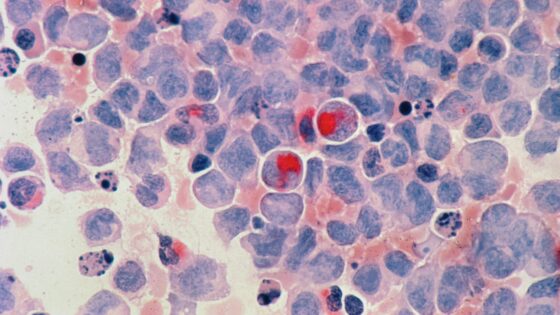A resilient lump of bacteria could lay credence to a theory on life in the universe.
Since the 1970s, scientists have been debating about theory known as “panspermia.” In layman’s terms, panspermia is the process through which micro-bacterial organisms attach themselves to free-floating celestial objects like asteroids, comets, and space dust. Through this galactic taxi service, bacteria can seed itself around planets all over the universe. This is, in theory, where life on Earth could’ve originated from. The question that keeps this theory from becoming fact, however, is whether or not living creatures, bacterial or not, could survive the frozen vacuum of space. Based on the results of a three-year experiment, the theory is looking a little more plausible.
Back in 2018, Japanese scientists launched an astrobiology mission codenamed “Tanpopo.” It was a pretty straightforward experiment; they gathered up a big lump of simple, microbial organisms, known as Deinococcus, and shot ’em up to the International Space Station, making sure the environment was completely sterilized aside from the tiny passengers. Up there, the bacteria were exposed to the vacuum of space for the entire three-year period. Earlier today, the Tanpopo samples were retrieved, and wouldn’t you know it, the Deinococcus were no worse for wear. Mostly.

Credit: iStock
Deinococcus bacteria posses notably powerful regenerative capabilities, able to repair their genetic structure from nearly any damage. Even so, there were a few casualties. The outermost layer of the sample size succumbed to UV radiation poisoning, but in that process, hardened and created a shell for the inner layers of bacteria, which is what allowed them to survive. Professor Akihiko Yamagishi of Tokyo University has theorized that with a combination of this hardening process and the natural regenerative capabilities of Deinococcus, a single pellet of bacteria could survive in deep space for up to eight years.
In addition to giving a little more weight to panspermia as theory, the results of Tanpopo show the resilience of bacteria even in the depths of space. This is important to remember for agencies like NASA, who don’t want to go carrying foreign matter to other planets, and need to make double-sure to sterilize their landers.
































